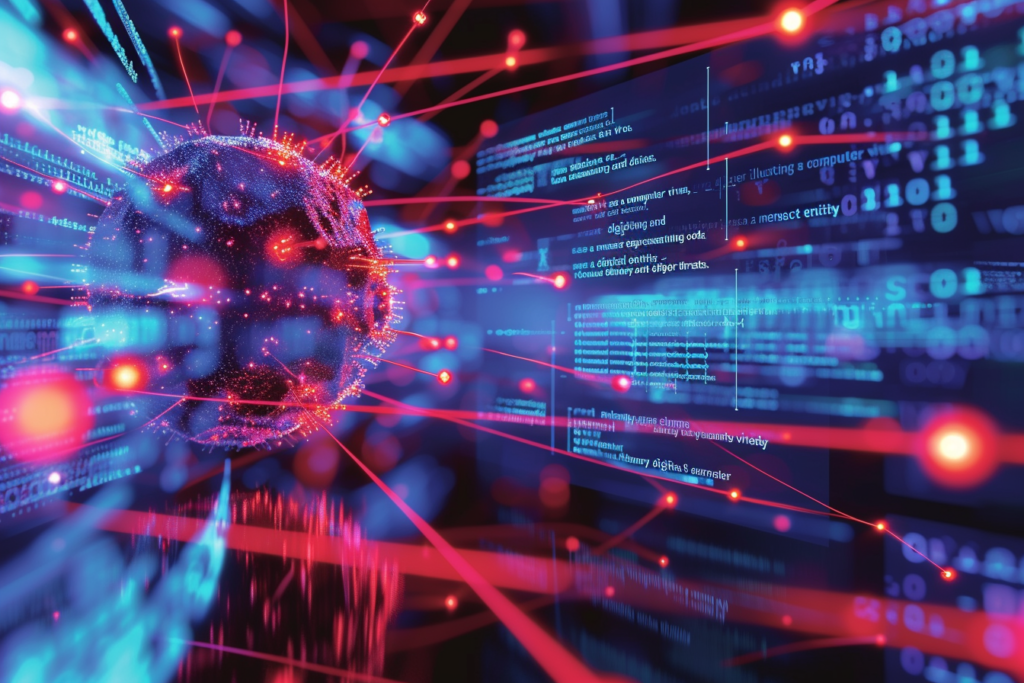Understanding Emerging Threats
In our rapidly evolving world, new threats seem to emerge faster than we can respond to them. These threats could be technological, political, environmental, or social. What binds them together is their potential to disrupt established norms and systems. To navigate this landscape, we need to develop a keen awareness of what these threats are, how they evolve, and what we can do about them.
What Are Emerging Threats?
Emerging threats are risks that are not yet fully recognized but can become significant concerns in the near future. They can stem from various domains:
- Cybersecurity: With the rise of digital technology, the potential for cyber attacks has exploded. From hacking to phishing, the methods are becoming more sophisticated.
- Climate Change: Extreme weather, sea-level rise, and biodiversity loss can lead to severe consequences, affecting food security and global stability.
- Political Instability: As globalization continues, regions that experience turmoil can have a ripple effect, influencing economies and societies around the world.
- Public Health: Diseases can spread rapidly across borders, highlighting our interconnectedness and the need for robust health systems.
Why Awareness Is Crucial
Awareness serves as the first line of defense against emerging threats. Here’s why being aware matters:
- Prevention: Recognizing the signs of emerging threats can allow individuals and organizations to take proactive measures before problems escalate.
- Preparedness: Understanding potential scenarios helps in devising plans and strategies to respond effectively when threats do materialize.
- Adaptability: An informed individual or organization can pivot faster in response to new developments, minimizing disruption.
How to Stay Informed
Staying informed about emerging threats requires a proactive approach. Here are some strategies:
- Read Widely: Keep up with news from diverse sources to understand various perspectives and identify trends.
- Engage with Experts: Attend talks, webinars, and conferences that focus on threats in your areas of interest.
- Join Discussions: Online forums and communities often discuss innovative solutions and highlight concerns that may not be mainstream.
- Analyze Data: Regularly review research and reports on emerging issues to identify data patterns early.
The Role of Technology
Technology is both a source of emerging threats and a tool for awareness. The role it plays can be understood through two lenses:
As a Threat
Technological advancement can outpace regulation and ethical considerations, leading to vulnerabilities. For instance:
- AI-generated misinformation.
- IoT devices that can be hacked for personal data.
- Biotechnological advances that could be misused.
As a Tool for Awareness
Conversely, technology can help us stay informed and prepared:
- Data analytics can identify emerging patterns.
- Social media spreads information rapidly.
- Online platforms can facilitate knowledge sharing among experts.
Building a Culture of Awareness
To effectively manage emerging threats, we need to foster a culture of awareness:
- Education: Institutions should emphasize critical thinking and adaptability in their curriculums.
- Corporate Responsibility: Organizations must prioritize threat awareness as a core component of their culture.
- Government Initiatives: Policies should support public education on emerging threats and encourage collaborations.
Challenges in Awareness
While awareness is crucial, several challenges persist:
- Information Overload: In a world flooded with information, discerning what’s relevant can be daunting.
- Complacency: Many do not see the immediate risk posed by emerging threats, leading to delayed action.
- Short Attention Span: The rapid news cycle can dilute focus on long-term threats.
Conclusion
Awareness of emerging threats is a collective responsibility. By understanding what these threats are, nurturing an informed community, and leveraging technology, we can better prepare for the challenges ahead. The future may be unpredictable, but being informed increases our resilience. Adaptability, communication, and proactive measures rooted in awareness are our best defenses against the unforeseen.

